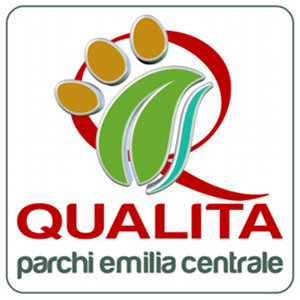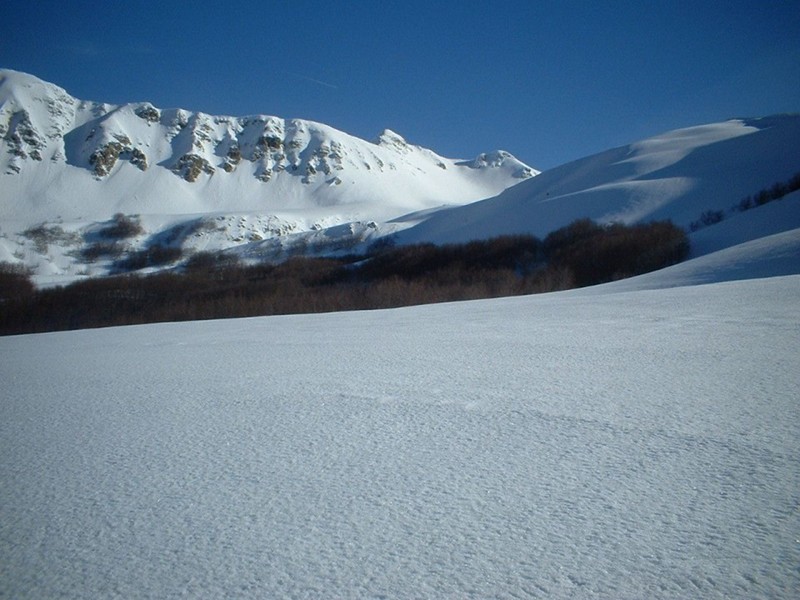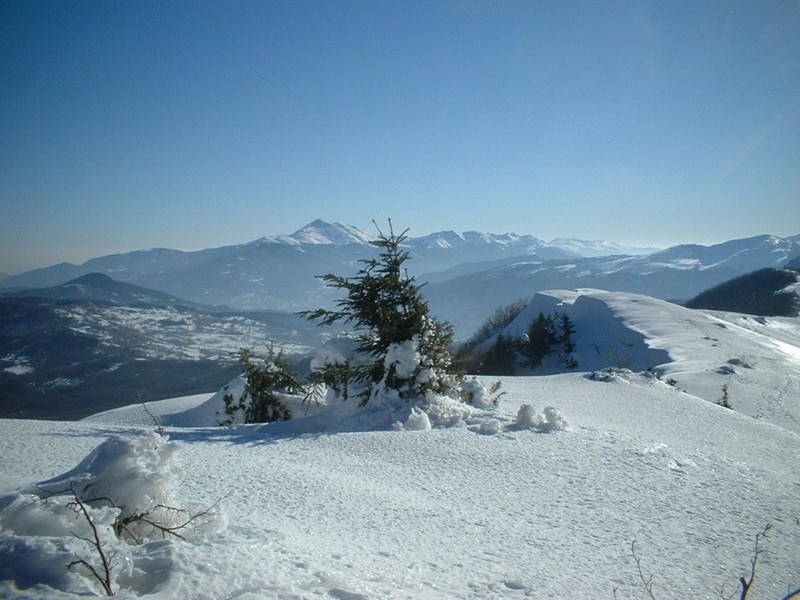- Managing body+
- Managing body
- Organization chart
- Executive committee
- Parks' Community
- Partnership
- Projects+
- CETS-Carta Europea per il Turismo Sostenibile+
- Forum di presentazione
- Tavolo di lavoro 1
- Tavolo di lavoro 2
- Tavolo di lavoro 3
- Tavolo di lavoro 4
- Progetto Life EREMITA
- Progetto Interreg CEETO-Central Europe Eco-Tourism
- Documents+
- Documenti amministrativi+
- Contributi
- Convenzioni
- Fondo Verde
- Pagamenti e fattura elettronica
- Pubblicazioni scientifiche e Progetti
- Regolamenti
- Statuto
- Tabellazione perimetrale dei Siti Rete Natura 2000 nel Paesaggio Protetto Collina Reggiana
- Convegni e Seminari+
- Convegno ''Il Fiume: da emergenza a infrastruttura verde per il territorio'' Rubiera (RE) 01/06/19
- Seminario "Appennino, ambiente, acqua e clima che cambia" Pavullo (MO) 28/06/2019
- Tenders and Notices
- Privacy policy
- Online payments
- News+
- Newsletter
- Events' Catalogue+
- Flora and Fauna
- Webcam
- Flora and Fauna
- Webcam
- Territory
- Flora and Fauna
- Books, DVDs, and Gadgets
- Territory
- Flora and Fauna
- Books, DVDs, and Gadgets
- Territory
- Flora and Fauna
- Books, DVDs, and Gadgets
- Flora and Fauna
- Territory
- Flora and Fauna
- Books, DVDs, and Gadgets
- Flora and Fauna
- Environmental education
- Books, DVDs, and Gadgets
- Natura 2000 Network
- Activities+
- Activities
- Skiing
- Birdwatching
- Cycle tourism
- Horse riding
- Hiking
- Orienteering
- Archery
- Environmental education+
- Environmental education
- Proposte in Evidenza+
- Il paesaggio bene comune (cod. 8.1)
- Mondo insetti (cod. 8.2)
- Progetti Speciali+
- Il Sentiero dell'Atmosfera (cod. 9.1)
- L'Acqua e il territorio (cod. 9.2)
- Un territorio disegnato dall'Acqua (cod. 9.3)
- Storie di uomini in guerra sulla Linea Gotica (cod. 9.4)
- Soggiorni Verdi+
- Viandanti e pellegrini (cod. 10.1)
- Impronte di natura (cod. 10.2)
- Soggiorni itineranti (cod. 10.3)
- For Citizens+
- Iniziative
- Eventi
- Regulated activities
- Partnership
- Operators' list
- Projects/Experiences+
- PON/FSE Competenze di cittadinanza globale
- Paesaggio Bene Comune
Home » Protected Areas » Parco del Frignano » Nature - Points of interest
Monte Cimone - Libro Aperto - Lago Pratignano
Habitat
The habitats of community interest, protected by Natura 2000 Network, cover about 65% of the surface in the site Mount Cimone - Libro Aperto - Lake Pratignano and are 23, of which 6 priorities.
- Semi-natural dry grass formations and facies (i.e. rocks or sedimentary formations) covered with bushes on limestone substrate (Festuco-Brometalia) with flowering of orchids
- Grass formations with Nardus rich in species on silica substrate of mountain areas
- Active high peat bogs, lake or marsh environment where peat accumulates, plant-based material that form at the bottom of lakes as a result of the slow decomposition of plants that fall and die in the little water that characterizes this habitat
- Central European limestone
- Limestone floors; Black Ontan (Alnus glutinosa) flood forests, tree plant found throughout Europe, North Africa, Asia Minor, Siberia and East Asia
- Major or common ash forests (Fraxinus excelsior), a tree that could reach 40 mt. in height
- Natural eutrophic lakes, that is, rich in nutrients, with vegetation of Magnopotamion o Hydrocharition
- European dry and northern alpine moors
- Joint (Juniperus communis) formations on moors or meadows
- Grass formations, alpine and subalpine calcicole
- Grasslands with Bermuda grass (Molinia) on limestone, turf or clay-lemonism (Molinion caeruleae)
- Plain, mountain and alpine borders of igrofile megaphobes
- Lean grasslands from low-altitude hay with the presence of the common mouse tail (Alopecurus pratensis) and the Anis (Sanguisorba officinalis) perennial herbaceous plant wih anti-inflammatory properties
- Mountain grasslands from hay
- Transition and unstable peat bogs
- Silica ghionions of the mountain floor to the limit of perennial snows (Androsacetalia alpinae e Galeopsietalia ladani)
- Western Mediterranean gravels that have tolerance to high temperature (thermophiles)
- Limestone rock walls and silica walls with casmofitic vegetation, that is, typical vegetation that colonizes very rocky environments
- Pioneering meadows on rocky peaks
- Chestnut forests (Castanea sativa)
- Willow forests of White Willows (Salix alba) and White Poplars (Populus alba).
Location: Fanano, Fiumalbo, Montecreto, Riolunato, Sestola (MO) | Region: Emilia-Romagna
2024 © Parchi Emilia Centrale - Tutti i diritti riservati
ENTE DI GESTIONE PER I PARCHI E LA BIODIVERSITÀ EMILIA CENTRALE
Sede legale: Viale Martiri della Libertà 34 – 41121 Modena
C.F. 94164020367 • Part. IVA 03435780360
tel 059 209311 • cell 348 5219711 • fax 059 209803
info@parchiemiliacentrale.it • protocollo@pec.parchiemiliacentrale.it
C.F. 94164020367 • Part. IVA 03435780360
tel 059 209311 • cell 348 5219711 • fax 059 209803
info@parchiemiliacentrale.it • protocollo@pec.parchiemiliacentrale.it









